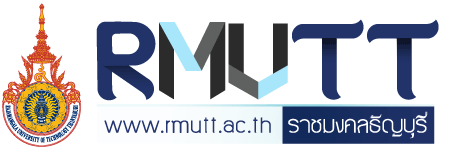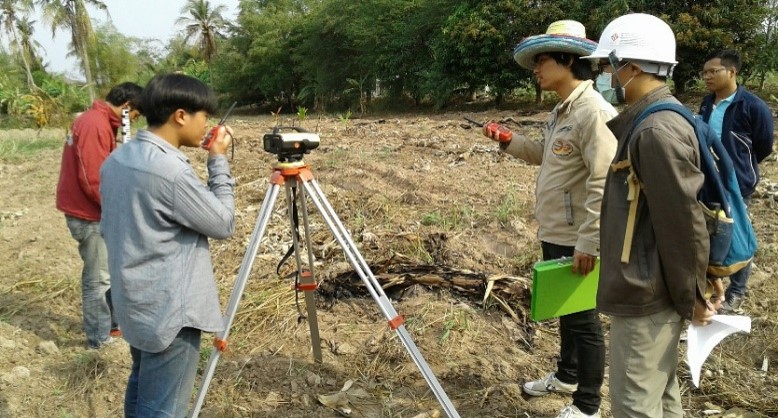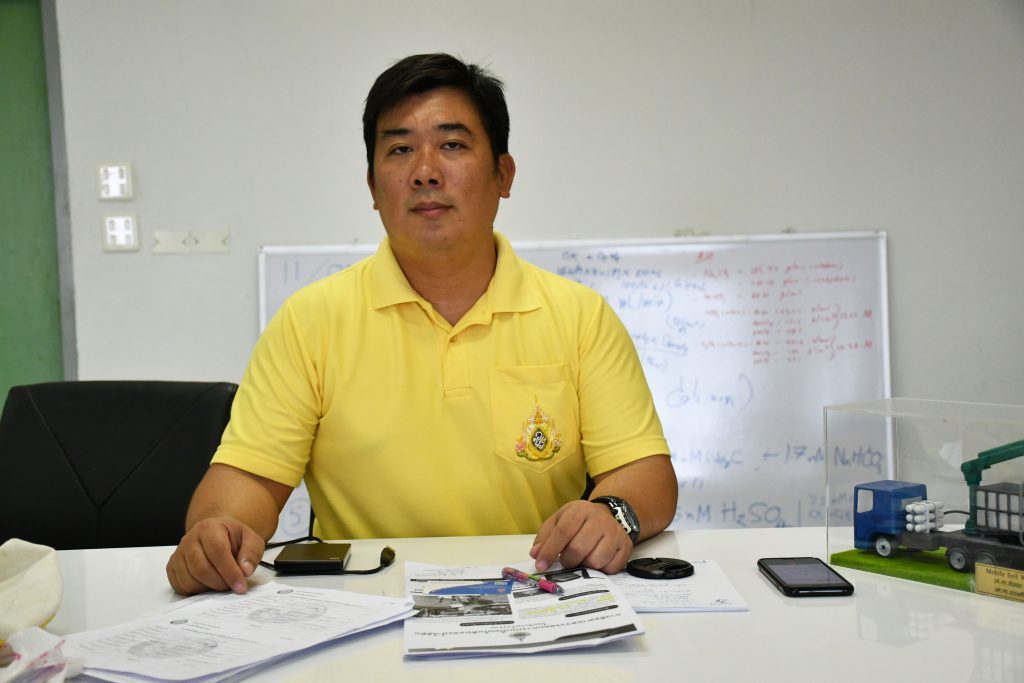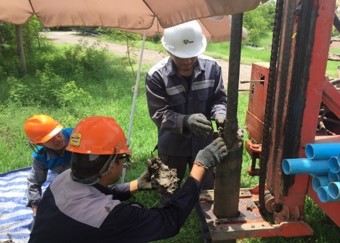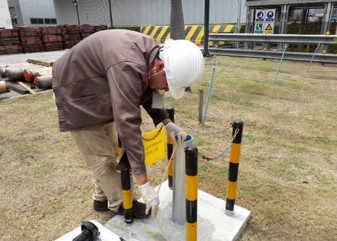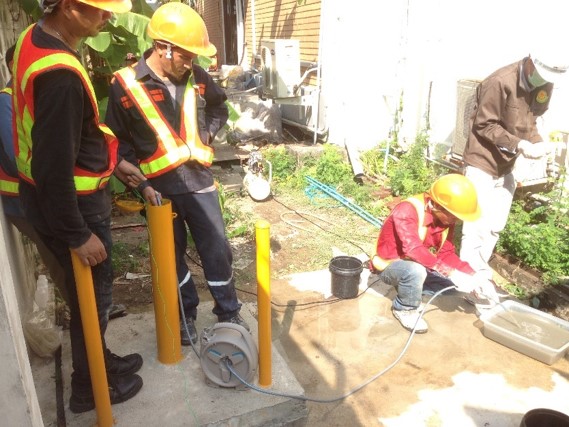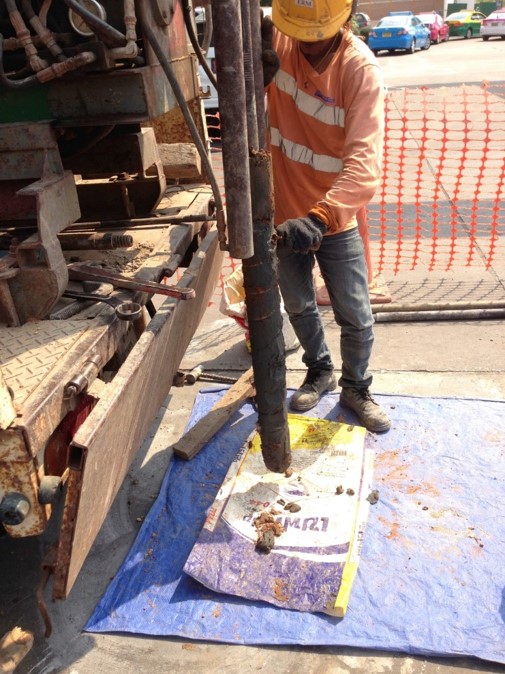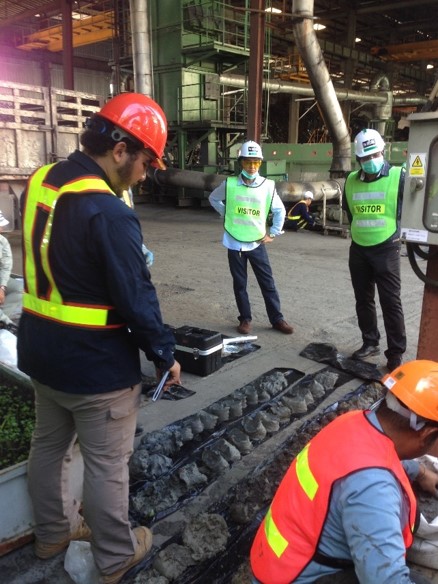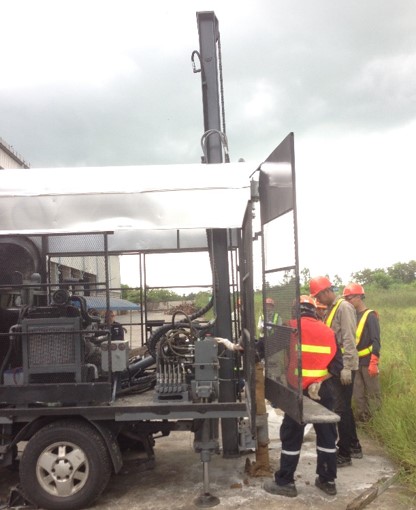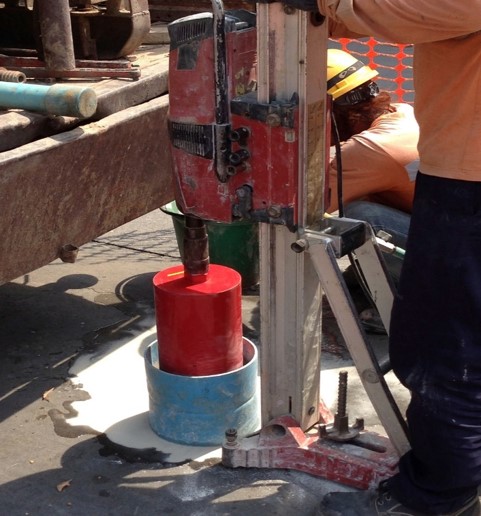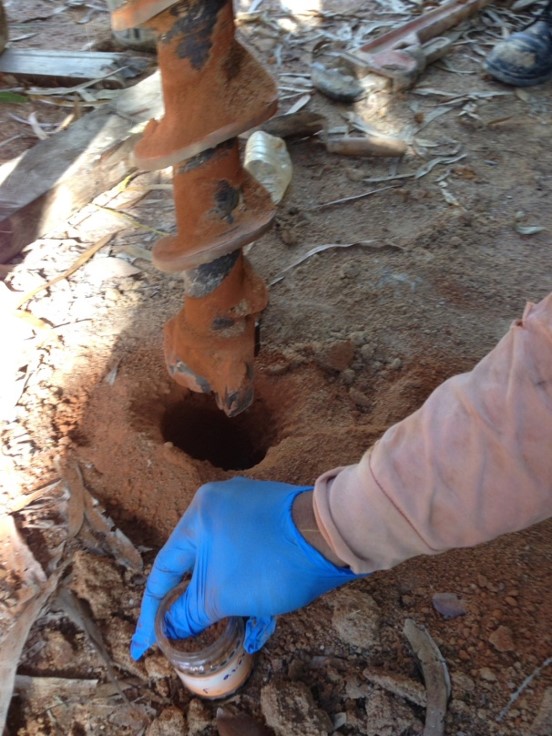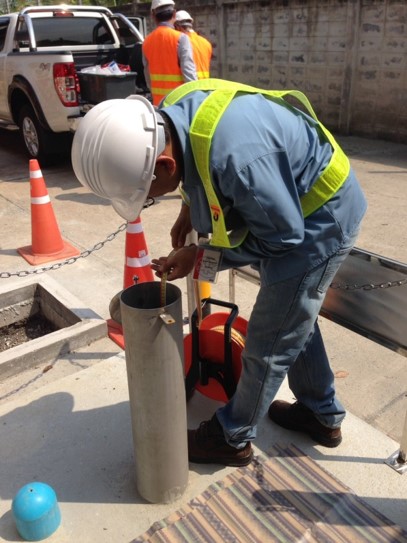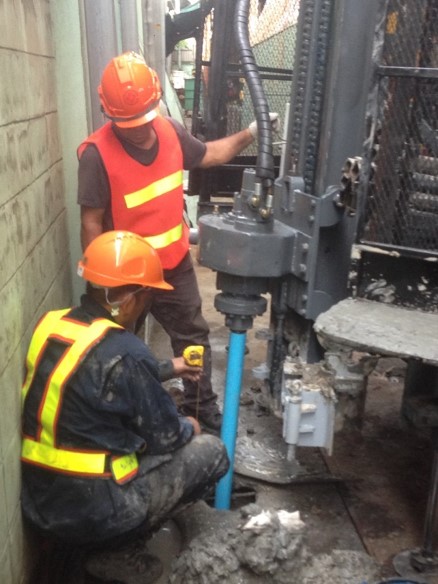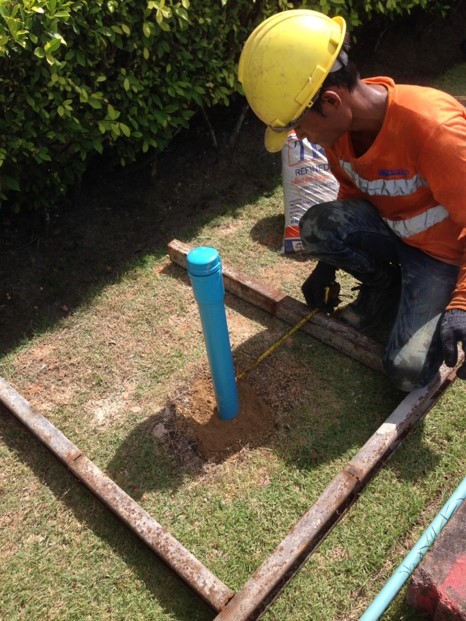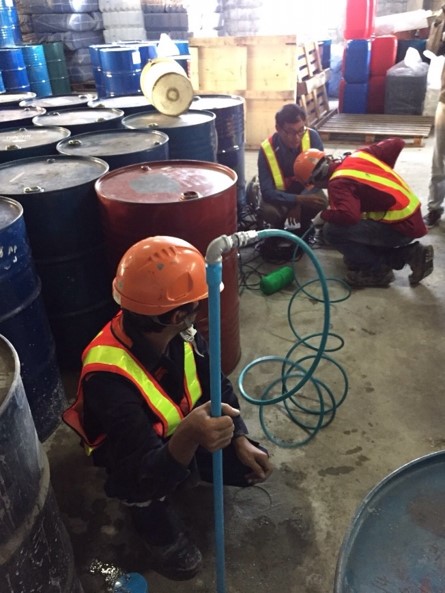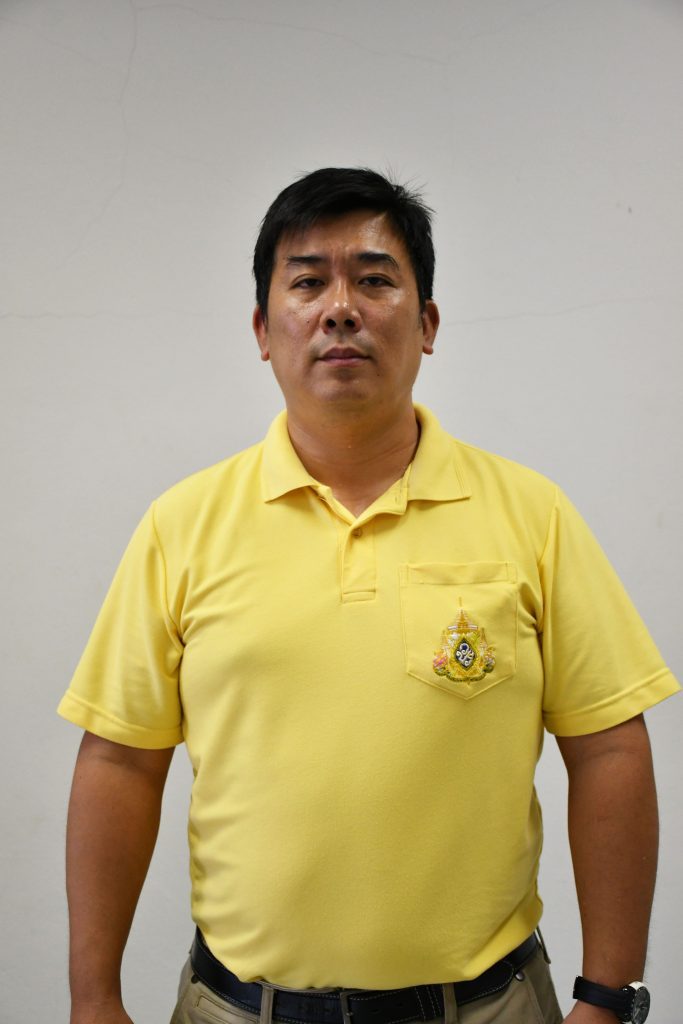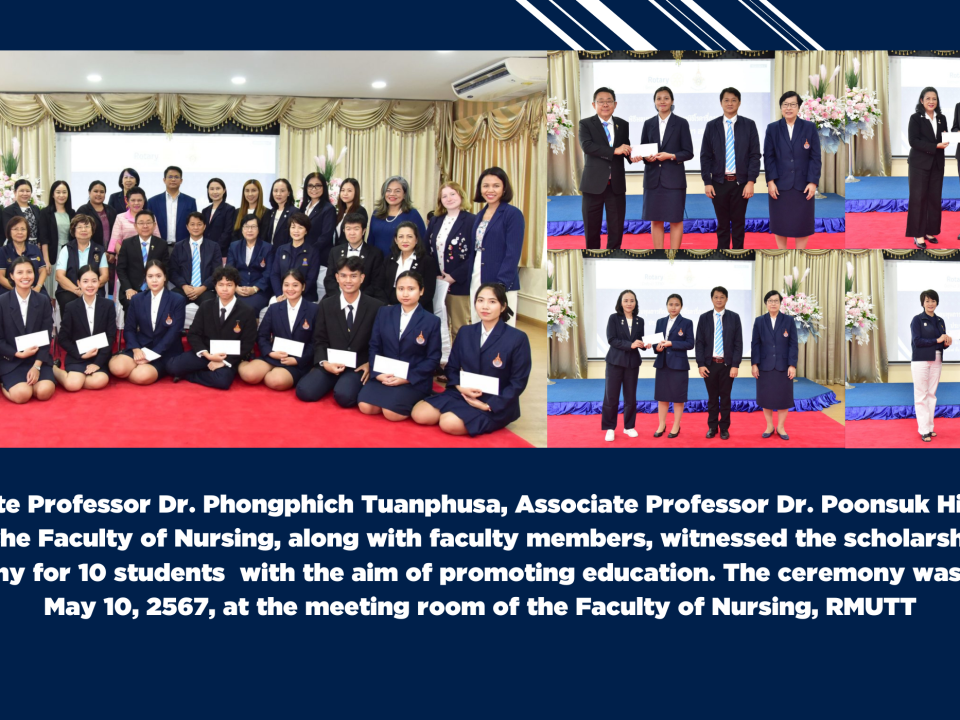
RMUTT researchers produced a textile product “Loincloth” from rice straw
24/07/2019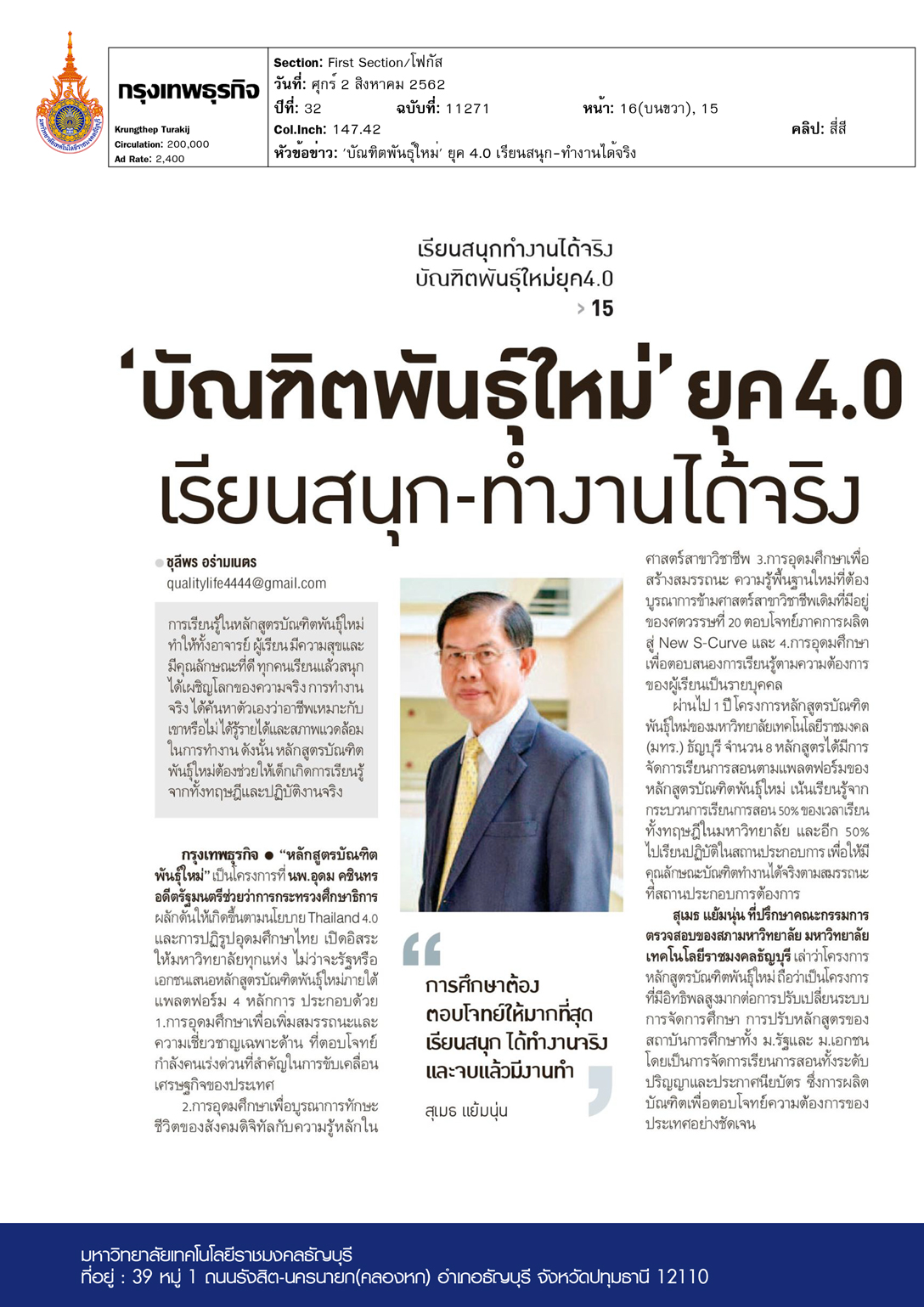
‘New graduates’ Gen 4.0 Fun learning – Real application
02/08/2019RMUTT showcases its research work on an innovative invention of ‘Soil and Underground water contamination’ detector to help preserve our environment
An environmental engineer and researcher of RMUTT who invented his innovation, “Soil and Underground water contamination detector’ had delivered his lecture to the factory operators of 12 categories of factory according to Ministerial Regulation Soil and Groundwater Contamination Control in Factory Area.
Nowadays, environmental problems have had a tendency of rising particularly from an increasing number of the industrial sector and thus, the government prescribes Ministerial Regulation Soil and Groundwater Contamination Control in Factory Area B.E. 2559 (2016). The ministerial regulation regulates 12 categories of the factory to keep their eyes on the contamination of hazardous substances that may be exposed to the environment. The regulations required the factory to create a list of hazardous chemicals and waste, to prescribe regulation of contamination control, to set an underground water pathway, to install groundwater monitoring well as well as to annually monitor and identify any contaminations on soil and groundwater. These essential precautions would assist the factory to prevent and protect any contaminations that may expose hazardous substances to the environment.
Assistant Professor Dr. Thammasak Rojanaviroon, a lecturer and researcher at the Department of Environmental Engineering, Faculty of Engineering, Rajamangala University of Technology Thanyaburi (RMUTT) spearheads his research project on “Soil and groundwater contamination detector around factory area” which is supported by Industrial Technology Assistance Program: ITAP under the National Science and Technology Development Agency (NSTDA). Recently, the project had been showcased at the RT62 Creative Innovation exhibition in RMUTT Convention Hall.
In order for the factory to inspect and detect any contaminations on soil and groundwater around its area, 7 steps of management should be conducted as follows including 1) identification of procedures and creating a list of hazardous chemicals and waste 2) identification of sampling spot and installation of groundwater monitoring well 3) regulation prescription of soil and groundwater contamination 4) information notification 5) quality inspection of soil and groundwater 6) giving a report on quality inspection of soil and groundwater and 7) giving a report on soil and groundwater contamination control and procedures (if that is the case ).
The distinctive roles and responsibilities of this project are giving advice, surveying factory area, and installing monitoring well. Moreover, the project itself was considered a successful outcome of collaboration among factory operators, education institutions, and the Department of Industrial works. The objective of the projects focused on community services particularly in providing appropriate and factual information to the factory operators and raising awareness towards environmental contamination problems caused by hazardous substances during factory manufacturing processes. This project work can also be applied commercially by giving consultation to the target groups including 12 categories of industrial factories that follow Ministerial Regulation Soil and Groundwater Contamination Control in Factory Area B.E. 2559 (2016).
This Ministerial Regulation describes the term, “Soil and groundwater contamination” as a state when soil and groundwater in factory area are contaminated in a level that is not habitable or that it became risky and is probably harmful to health and environment. Whereas, “Soil and groundwater quality inspection” refers to a sampling and analysis of soil and groundwater in factory area, and a comparison of the sampling’s contaminant concentration with the soil and groundwater contamination criteria. As for “Soil and groundwater contamination criteria”, the definition refers to a background level of soil and groundwater contaminant in factory area calculated in accordance with a criteria and method determined by the Minister that is published in the Government Gazette, which is safe for health and environment. Last but not least, “Contaminant” means chemicals or any other things used or stored in factory area, or wastes generated in the factory that may be harmful to health and environment.
Assistant Professor Dr. Thammasak Rojanaviroon also mentioned on the inspection of soil and groundwater contamination around the factory area that in case of suspecting any contaminations, initial procedure action should be made to detect, to control, and to stop source of toxic substance contamination. And thus, at the same time, soil and groundwater quality remediation should be conducted either by doing water and soil treatment in the area or in elsewhere. Dr. Thammasak is very hopeful that through continuous close monitoring and strict prescription of rules and regulation on contamination issues, not only the factory operators will be involved but also collaboration among stakeholders would be tightened. As a matter of fact, he believed that everyone is responsible for protecting and preserving environment for the future. For more information, please call 085 427 9666.
